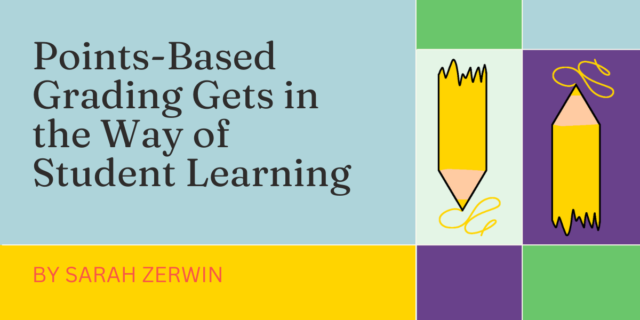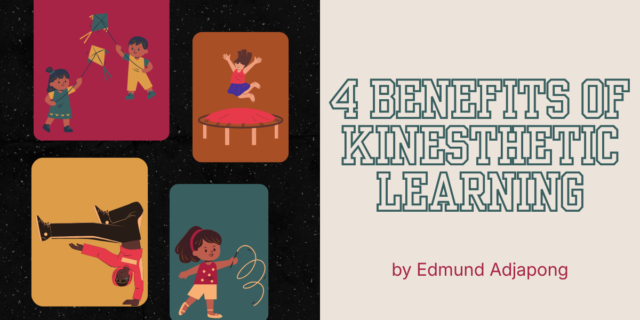
Small-group lessons are vital to the literacy classroom. With a strong impact on enhancing literacy skills in students, small-group literacy is an influential time for fostering a lifelong love for reading and writing. By working closely with a smaller group of students, teachers can provide personalized instruction that meets the individual needs of each learner. Small-group literacy not only boosts academic growth, but also boosts confidence and motivation in students. Whether you're an experienced educator or new to the profession, here are five tips to make your small-group reading lessons even more powerful.
5 Small-Group Reading Lesson Tips
1. Assess and Group Strategically
Before diving into a small-group reading lesson, it's crucial to assess your students' reading abilities. Use data from previous assessments, observations, and informal assessments to determine their reading levels, strengths, and areas that need improvement. Once you have this information, group students with similar needs together. This allows you to target specific skills and tailor your instruction accordingly.
2. Choose Appropriate Texts
Selecting the right reading materials is essential for a successful small-group reading lesson. Ensure that the texts you choose are at an appropriate level of difficulty for each group. Ideally, the materials should challenge students just enough to encourage growth without overwhelming them. Incorporate a variety of genres and formats to keep the lessons engaging and diverse.
3. Focus on Comprehension
While decoding is an important part of guided reading, don't forget to also emphasize comprehension during your small-group reading lessons. Encourage students to think critically about what they're reading by asking open-ended questions and facilitating discussions. Teach them strategies like making predictions, summarizing, and making connections to improve their comprehension skills.
4. Monitor Closely and Provide Constructive Feedback
Offering constructive feedback is crucial for growth. During your small-group reading lessons, provide specific, actionable feedback to each student. Highlight their strengths and gently address areas for improvement. Encourage peer feedback as well, creating an environment where students learn from each other.
5. Foster a Love for Reading
Aim to instill a love for reading in your students. Make your small-group reading lessons enjoyable by incorporating activities like foundational skills practice and writing about reading, by selecting texts that are of interest to your students, and through thought-provoking prompts that encourage meaningful group discussion. As you learn about your students, recommend independent reading books based on individual interests and create an overall positive reading atmosphere in your classroom.
Small-group reading lessons have the potential to transform students into confident and skilled readers. By strategically assessing, grouping, and instructing students with appropriate materials, you can make a significant impact on their literacy development. Remember to prioritize comprehension, offer constructive feedback, and nurture a genuine passion for reading. With these five tips, your small-group reading lessons can become a cornerstone of your students' reading journey.


